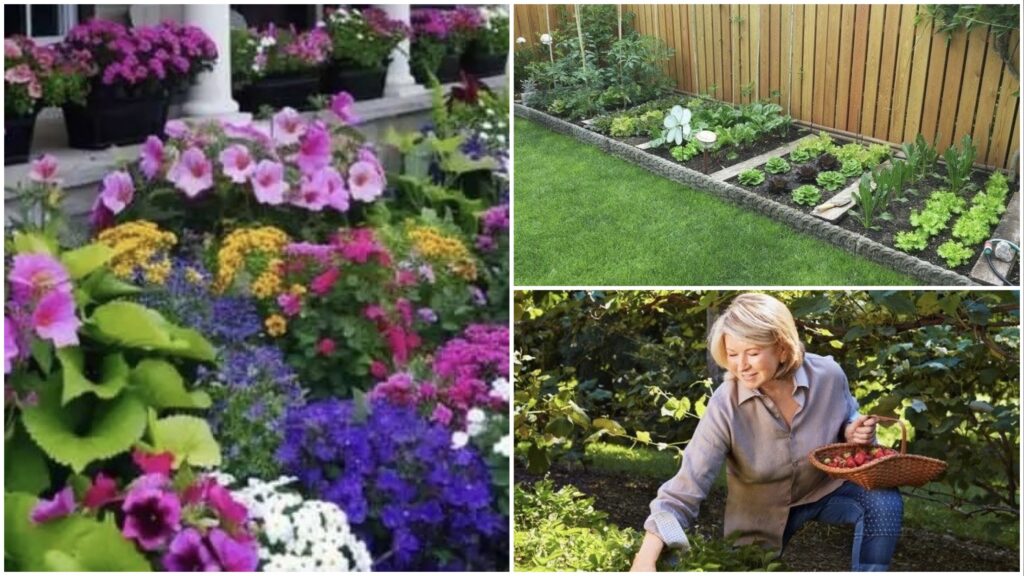Creating a thriving shade garden with less sun and other complications might appear impossible. However, it’s possible and super rewarding once you get the hang of it. In fact, shady spots have this cozy, secret-garden charm that sunny spaces just can’t compete with. Sure, you’ll need to think a little differently as it relates to light, layout, and plant choices, but you absolutely don’t need to be a landscaping expert. A bit of planning, patience, and your own flair will go a long way.
Layout First
Before you put a seed in the ground, pause. Creating a thriving shade garden starts with smart layout choices. Think about how much light each area actually gets—are we talking dappled sunlight? Constant cool shade? Total darkness? There are tons of shade garden layout ideas online to get your gears turning.
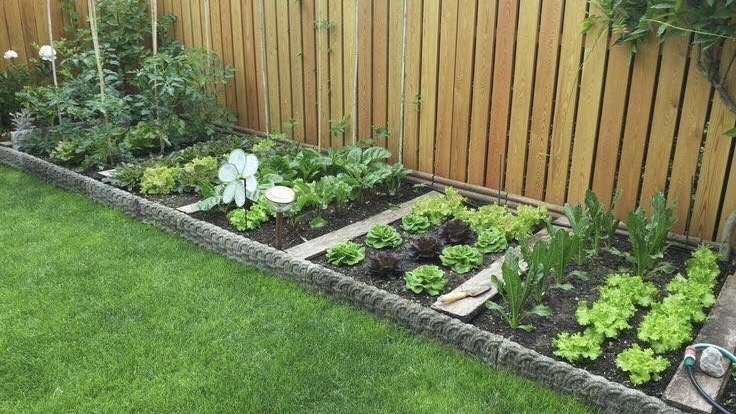
And don’t forget the fun stuff; add a little bench, maybe a path of stepping stones, or a quirky statue to give the space some soul.
All Shades are Different
Shade isn’t just shade. You’ve got light shade, part shade, full shade, and that kind of creepy-deep shade where even moss feels lazy. Light requirements matter more than you think. Creating a thriving shade garden means observing how the sun moves across your space—what gets morning rays and what stays gloomy all day. Match your plants to their favorite light conditions and you’ll see way better results. Plants are picky, but in the cutest way.
Shade-Tolerant Plants Are the MVPs
Your shade garden’s success rides heavily on your plant picks. Some folks go wild for hostas—and hey, they are the drama queens of the shade world, big and bold. But don’t stop there. Ferns, coral bells, astilbes, and bleeding hearts are also good options.
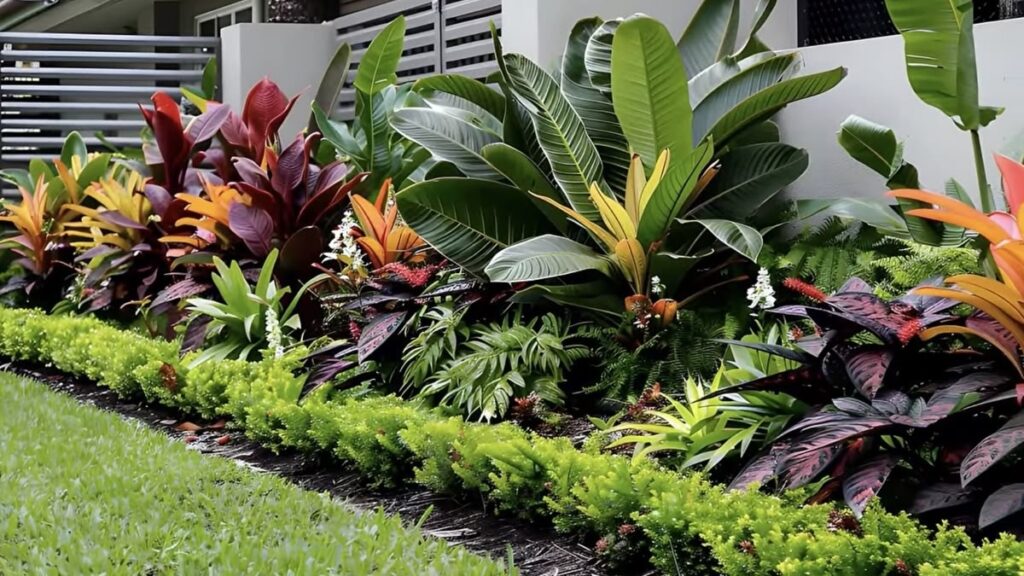
Mix up textures and greens to get that layered look. Native plants are gold, too—they’ve already figured out how to handle your local soil and shade drama without fuss.
Soil Matters More Than You Think
You know how shady spots often feel dry and compact? That’s not your imagination. Soil preparation here takes a little extra love. Loosen it up, mix in some good old compost, and you’re halfway there. Mulch helps a lot. It keeps roots cool and locks in moisture like a champ. If you really want to geek out, do a quick soil test. It’ll save you headaches later and help your shade-tolerant plants thrive from the get-go.
Low-Maintenance Is Totally Possible
Listen, not everyone has hours to spend pruning and weeding, and that’s okay. Low-maintenance shade landscaping is very doable. Ground covers like periwinkle or sweet woodruff will blanket the space and block out those pesky weeds.
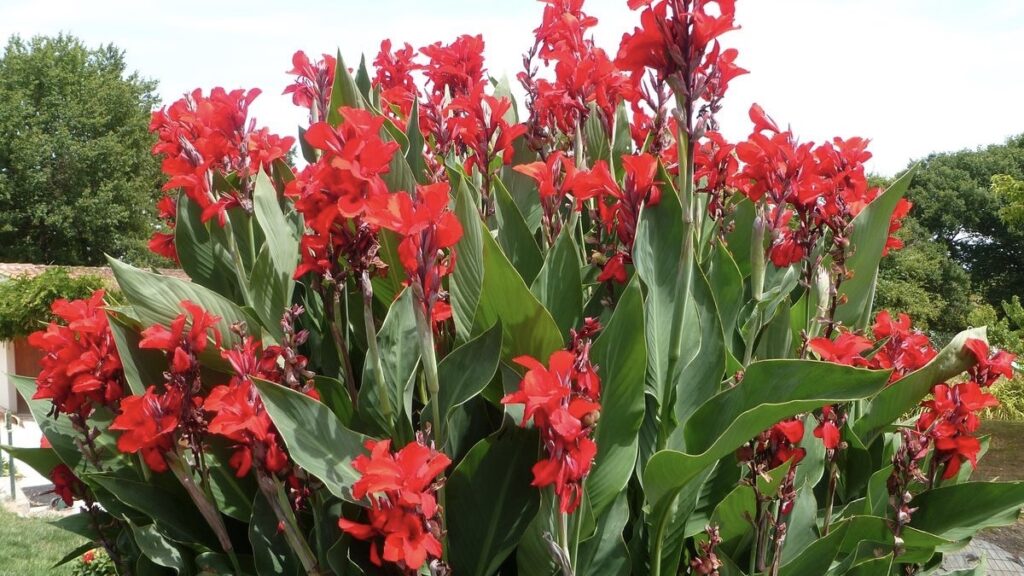
Group plants with similar water needs so you’re not running around with a watering can like a maniac. And bark chips? Your new best friend. They’re neat, tidy, and save you time in the long run.
Go Vertical—Small Space, Big Impact
If your shady spot feels a little cramped, think up instead of out. Vertical gardening is a cool way to jazz things up without hogging the ground. Try wall planters, trellises, or let ivy do its thing climbing up a fence. Not only does it look artsy, but it also helps you take advantage of those weird pockets of light higher up. Bonus points if you train clematis or sweet peas to add some blooms.
Yes, You Can Grow Edibles in Shade
Believe it or not, vegetable gardening hacks apply to shade too. You won’t be harvesting giant tomatoes, but you can get a tasty salad out of it.
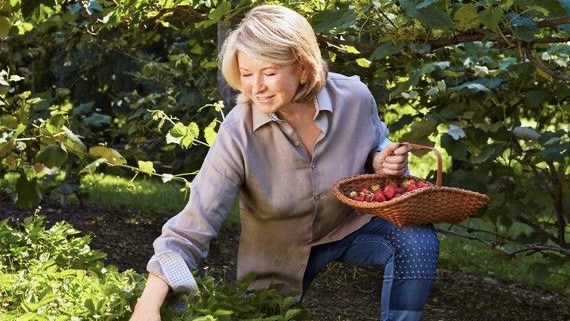
Think spinach, kale, lettuce—anything leafy tends to be shade-friendly. Add in some herbs like mint or chives, and boom: mini harvest. Want to be clever? Use light-colored mulch or reflective garden decor to bounce what little light you do get onto your veggies.
Make It Personal
Look, it’s your space—don’t be afraid to give it personality. A shade garden doesn’t have to be all ferns and seriousness. Throw in a funky sculpture, some wind chimes, or even a cheeky garden gnome. Soft solar lights add cozy vibes when the sun goes down. A tiny fountain or birdbath brings movement and life. The goal is to make it feel like a little retreat, not just another garden bed.
Shade Gardens Take Time
Creating a thriving shade garden isn’t a one-weekend thing. It’s more of a slow burn, lots of tweaking, and experimenting. But that’s the beauty of it.
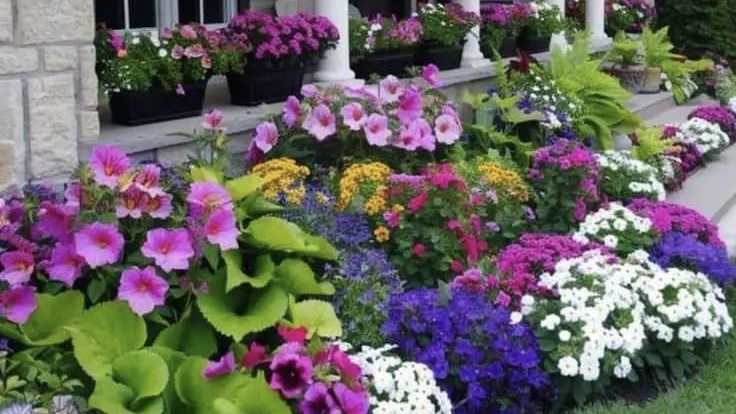
With each season, you learn more, your plants settle in, and your shady hideaway becomes a living, breathing space. Keep it simple, trust your gut, and let the garden teach you as you go. You’ll get there—and it’ll be so worth it.
